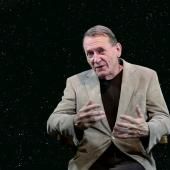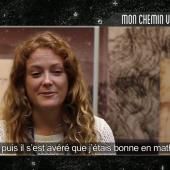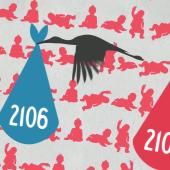
Use these filters to update the page.
 Environnement & NatureSee video of « Les piranhas sont des mangeurs d’hommes !? »06:22Les idées reçues de Max Bird
Environnement & NatureSee video of « Les piranhas sont des mangeurs d’hommes !? »06:22Les idées reçues de Max Bird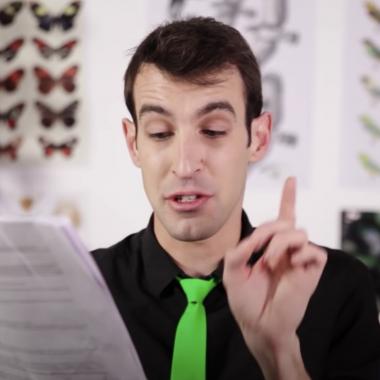 Environnement & NatureSee video of « Le dérèglement de la planète, c'est pas de notre faute ?! »09:45Les idées reçues de Max Bird
Environnement & NatureSee video of « Le dérèglement de la planète, c'est pas de notre faute ?! »09:45Les idées reçues de Max Bird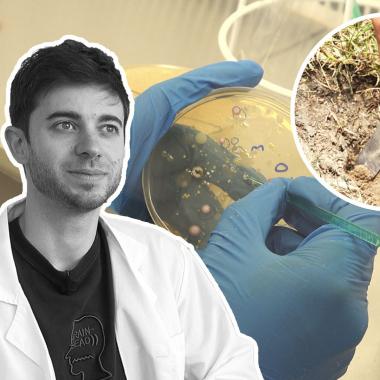 SantéSee video of Antibiorésistance : de futures molécules cachées dans le sol ?04:52Interviews
SantéSee video of Antibiorésistance : de futures molécules cachées dans le sol ?04:52Interviews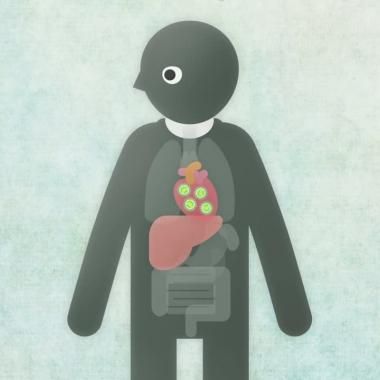 SantéSee video of Hépatites14:35Grandes tueuses
SantéSee video of Hépatites14:35Grandes tueuses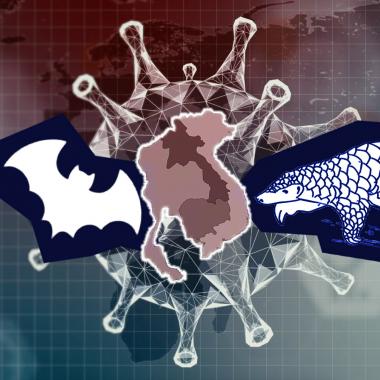 SantéSee video of SARS-CoV-2, un virus importé d’Asie du Sud-Est08:03Interviews
SantéSee video of SARS-CoV-2, un virus importé d’Asie du Sud-Est08:03Interviews Environnement & NatureSee video of Survivre aux grandes profondeurs13:39Les mondes du dessous
Environnement & NatureSee video of Survivre aux grandes profondeurs13:39Les mondes du dessous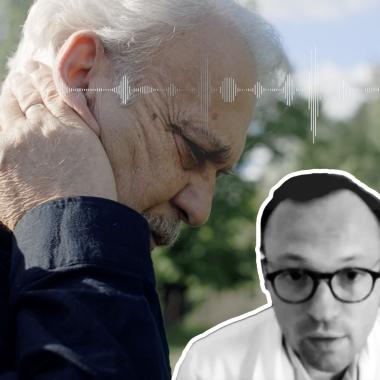 SantéSee video of 3 questions sur... l’audition des Français03:073 questions sur...
SantéSee video of 3 questions sur... l’audition des Français03:073 questions sur...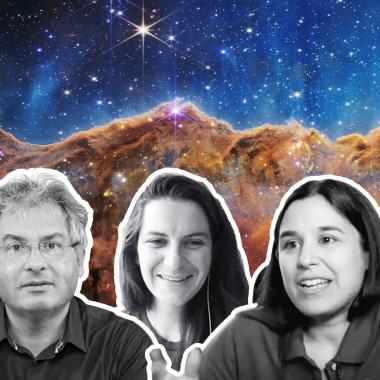 Astro & EspaceSee video of JWST : un voyage dans l’espace et le temps09:27Interviews
Astro & EspaceSee video of JWST : un voyage dans l’espace et le temps09:27Interviews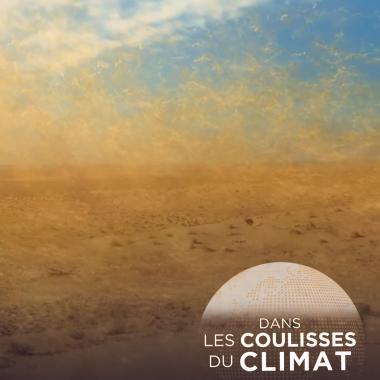 Environnement & NatureSee video of Désert : grains de sable dans la machine07:39Dans les coulisses du climat
Environnement & NatureSee video of Désert : grains de sable dans la machine07:39Dans les coulisses du climat  TerreSee video of Des continents qui dansent03:16La science à découvert
TerreSee video of Des continents qui dansent03:16La science à découvert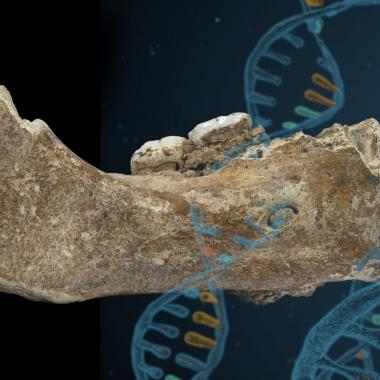 SociétéSee video of Denisova : quel héritage génétique ? 06:06Reportages
SociétéSee video of Denisova : quel héritage génétique ? 06:06Reportages TechnoSee video of NFT: gadget or necessity?04:36Techno
TechnoSee video of NFT: gadget or necessity?04:36Techno
